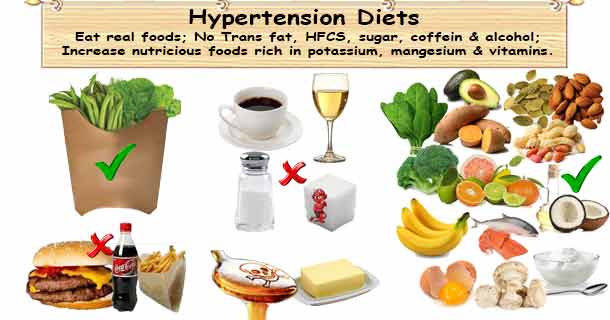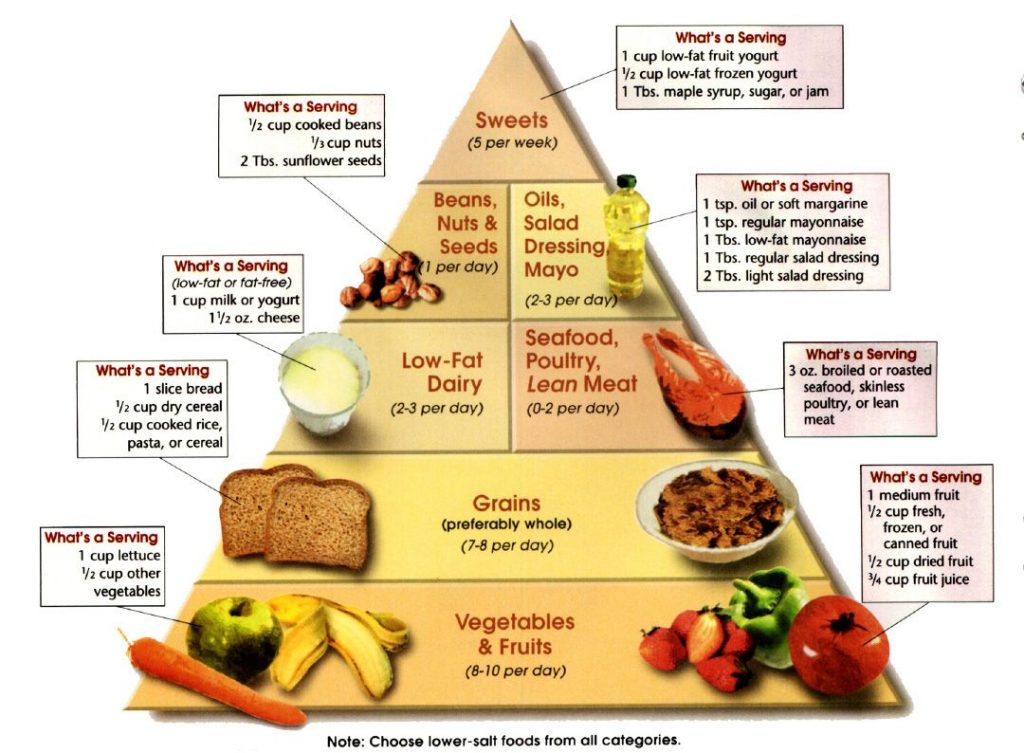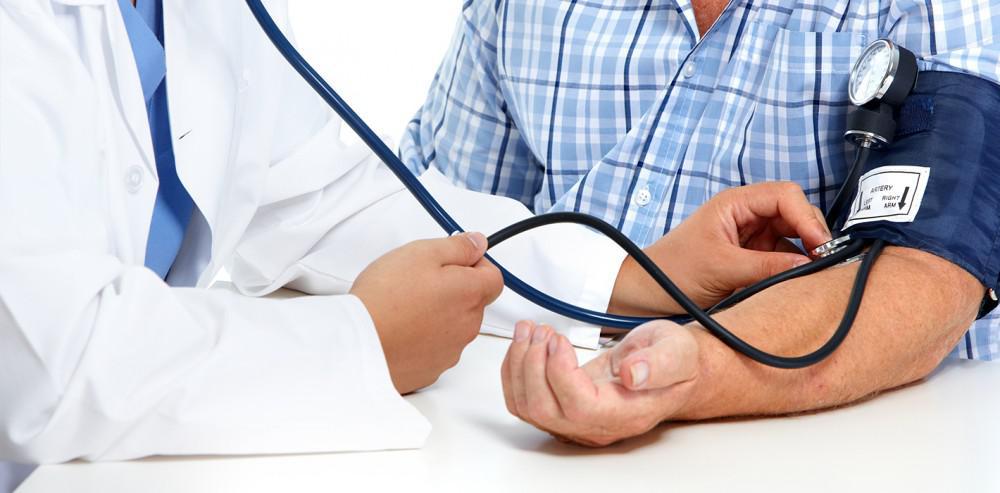By Dr. Vipul Agarwal
What is high blood pressure?
High blood pressure is a condition that puts you at risk for heart attack, stroke, and kidney disease. It does not usually cause symptoms. But it can be serious.
When your doctor or nurse tells you your blood pressure, they will say two numbers. For instance, your doctor or nurse might say that your blood pressure is “130 over 80.” The top number is the pressure inside your arteries when your heart is contracting(Systolic BP). The bottom number is the pressure inside your arteries when your heart is relaxed(Diastolic BP).
“Elevated blood pressure” is term doctors or nurses use as a warning. People with elevated blood pressure do not yet have high blood pressure. But their blood pressure is not as low as it should be for good health.
Many experts define high, elevated, and normal blood pressure as follows:
- High – Top number of 130 or above and/or a bottom number of 80 or above.
- Elevated – Top number between 120 and 129 and a bottom number of 79 or below.
- Normal – Top number of 119 or below and bottom number of 79 or below.

How can I lower my blood pressure?
If your doctor has prescribed blood pressure medicine, the most important thing you can do is to take it. If it causes side effects, do not just stop taking it. Instead, talk to your doctor or nurse about the problems it caused. They might be able to lower your dose or switch you to another medicine. If cost is a problem, mention that too. They might be able to put you on less expensive medicine. Taking your blood pressure medicine can keep you from having a heart attack or stroke, and it can save your life!
What does my lifestyle have to do with my blood pressure?
The things you do and the foods you eat have a big impact on your blood pressure and your overall health. Following the right lifestyle can:
- Lower your blood pressure or keep you from getting high blood pressure in the first place
- Reduce your need for blood pressure medicines
- Make medicines for high blood pressure work better. If you do take them
- Lower the chances that you’ll have a heart attack or stroke or develop kidney disease
Which lifestyle choices will help lower my blood pressure?
Here’s what you can do:
- Lose weight (if you are overweight)
- Choose a diet rich in fruits, vegetables, and low-fat dairy products and low in meats, sweets, and refined grains.
- Eat less salt (sodium)
- Do something active for at least 30 minutes a day on most days of the week
- Limit the amount of alcohol you drink
If you have high blood pressure, it’s also very important to quit smoking (if you smoke). Quitting smoking might not bring your blood pressure down. But it will lower the chances that you’ll have a heart attack or stroke, and it will help you feel better and live longer.
Start low and go slow.
The changes listed above might sound like a lot, but don’t worry. You don’t have to change everything all at once. To improve your lifestyle, “start low and go slow.” Choose one small, specific thing to change and try doing it for a while. If it works for you, keep doing it until it becomes a habit. If it doesn’t, don’t give up. Choose something else to change and see how that goes.
Let’s say, for example, that you would like to improve your diet. If you’re the type of person who eats cheese pizza and French fries all the time, you can’t switch to eating just salads from one day to the next. When people try to make changes like that, they often fail. Then they feel frustrated and tend to give up. So instead of trying to change everything about your diet in 1 day, change 1 or 2 small things about your diet and give yourself time to get used to those changes. For instance, keep the pizza but give up the French fries. Or eat the same things but cut your portions in half.
As you find things that you are able to change and stick with, keep adding new changes. In time, you will see that you can actually change a lot. You just have to get used to the changes slowly.

Lose weight
When people think about losing weight, they sometimes make it more complicated than it really is. To lose weight, you have to either eat less or move more. If you do both of those things, it’s even better. But there is no single weight-loss diet or activity that’s better than any other. When it comes to weight loss, the most effective plan is the one that you’ll stick with.
Improve your diet
There is no single diet that is right for everyone. But in general, a healthy diet can include:
- Lots of fruits, vegetables, and whole grains
- Some beans, peas, lentils, chickpeas, and similar foods
- Some nuts, such as walnuts, almonds, and peanuts
- Fat-free or low-fat milk and milk products
- Some fish
To have a healthy diet, it’s also important to limit or avoid sugar, sweets, meats, and refined grains. (Refined grains are found in white bread, white rice, most forms of pasta, and most packaged “snack” foods.)
Reduce salt
Many people think that eating a low-sodium diet means avoiding the salt shaker and not adding salt when cooking. The truth is, not adding salt at the table or when you cook will only help a little. Almost all of the sodium you eat is already in the food you buy at grocery stores or restaurants.
The most important thing you can do to reduce sodium is eat less processed food. That means you should avoid most foods sold in cans, boxes, jars, and bags. You should also eat in restaurants less often.
To reduce the amount of sodium you get, buy fresh or fresh-frozen fruits, vegetables, and meats. (Fresh-frozen foods have had nothing added to them before freezing.) Then you can make home meals from scratch with these ingredients.
As with the other changes, don’t try to cut out salt all at once. Instead, choose 1 or 2 foods that have a lot of sodium and try to replace them with low-sodium choices. When you get used to those low-sodium options, find another food or 2 to change. Then keep going until all the foods you eat are sodium-free or low in sodium.
Become more active
If you want to be more active, you don’t have to go to the gym or get all sweaty. Increasing your activity level while doing everyday things you enjoy is possible. Walking, gardening and dancing are just a few of the things that you might try. As with all the other changes, the key is not to do too much too fast. If you don’t do any activity now, start by walking for just a few minutes every other day. Do that for a few weeks. If you stick with it, try doing it for longer. But if you find that you don’t like walking, try a different activity.
Drink less alcohol; better not to drink.
If you are a woman, do not have more than 1 “standard drink” of alcohol a day. If you are a man, do not have more than 2.
A “standard drink” is:
- A can or bottle that has 12 ounces of beer
- A glass that has 5 ounces of wine
- A shot that has 1.5 ounces of whiskey
Where should I start?
If you want to improve your lifestyle, start by making the changes you think would be easiest for you. If you used to exercise and just got out of the habit, maybe it would be easy for you to start exercising again. Or if you actually like cooking meals from scratch, maybe the first thing you should focus on is eating home-cooked meals that are low in sodium.
Whatever you tackle first, choose specific, realistic goals, and give yourself a deadline. For example, do not decide that you are going to “exercise more.” Instead, decide that you are going to walk for 10 minutes on Monday, Wednesday, and Friday and that you are going to do this for the next 2 weeks.
When lifestyle changes are too general, people have a hard time following through.
To conclude, control your Blood pressure and live a happier and healthier productive life
Dr. Vipul Agarwal (M.B; B.S MD (Internal Medicine), Consultant Physician Department of Internal Medicine, Yenepoya medical college, Mangaluru)
The author can be reached at E-mail: [email protected]

Leave a Reply